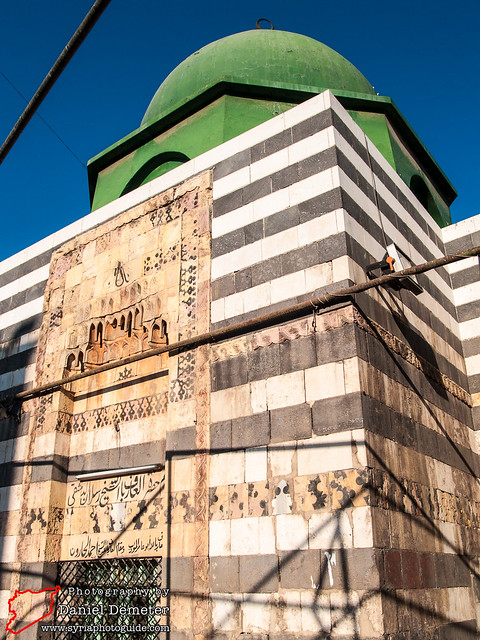
Sheikh Raslan Mosque
Outside Bab Touma, the Sheikh Raslan Mosque stands as a Sufi pilgrimage site since the 12th century. It was founded around the tomb of a Damascene craftsman who transformed into

Outside Bab Touma, the Sheikh Raslan Mosque stands as a Sufi pilgrimage site since the 12th century. It was founded around the tomb of a Damascene craftsman who transformed into
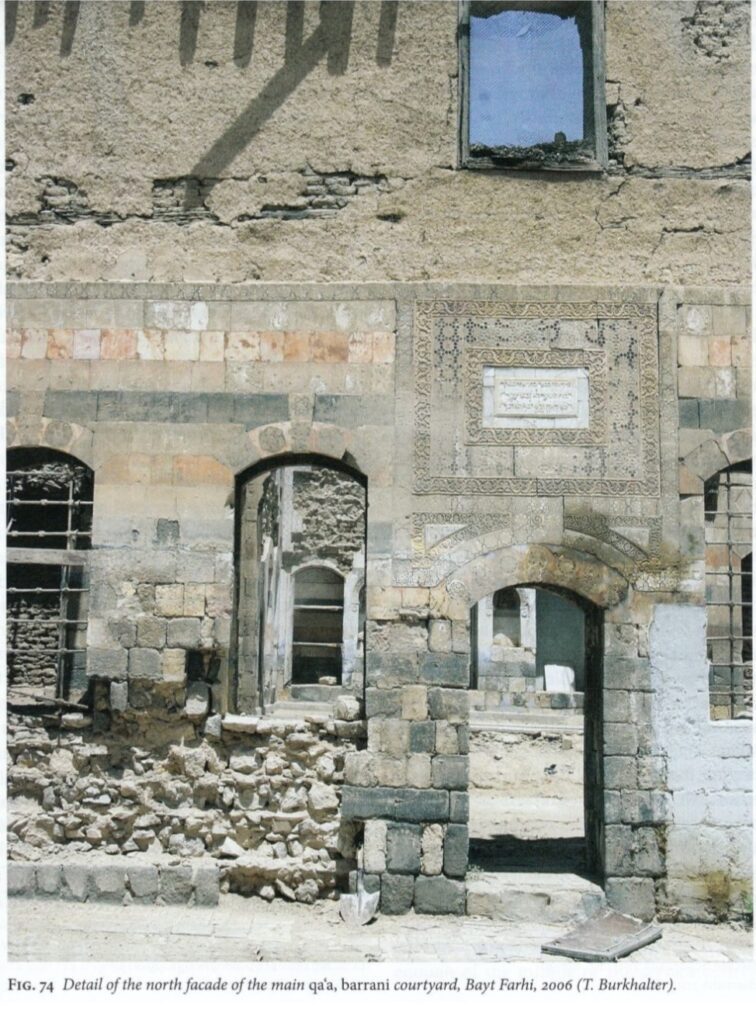
Beit Farhi is considered one of the most significant Jewish houses in Old Damascus, constructed by the immensely wealthy Sephardic merchant Weitzel Farhi in the late 18th century within the
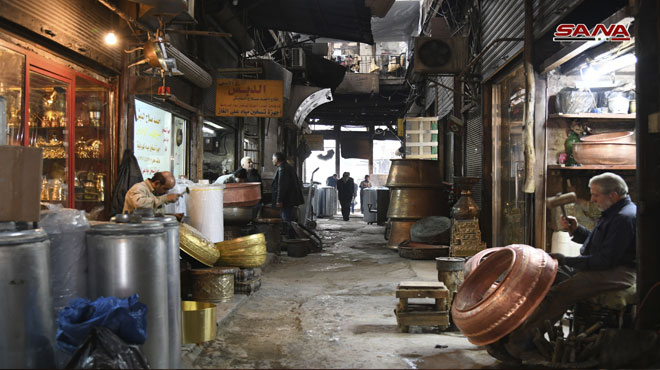
Extending alongside the western wall of Damascus Citadel, Souk Al-Nahhasin (Coppersmiths’ Market) embodies the city’s connection to metalworking since the Mamluk era. The market was founded in the 15th century
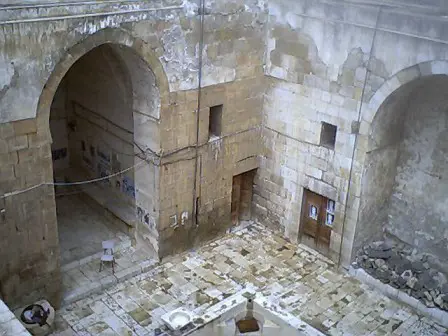
In the Al-Salihiyah district, north of the Damascus wall, stands the Qaymari Bimaristan, a testament to the evolution of Islamic medicine in the 7th century AH (13th century CE). Prince

Extending south of Souk Midhat Pasha, Souk Al-Sukariyeh (Sugar Market) has been renowned since the Mamluk period for its trade in sugar imported from Cyprus and Egypt. The market retains
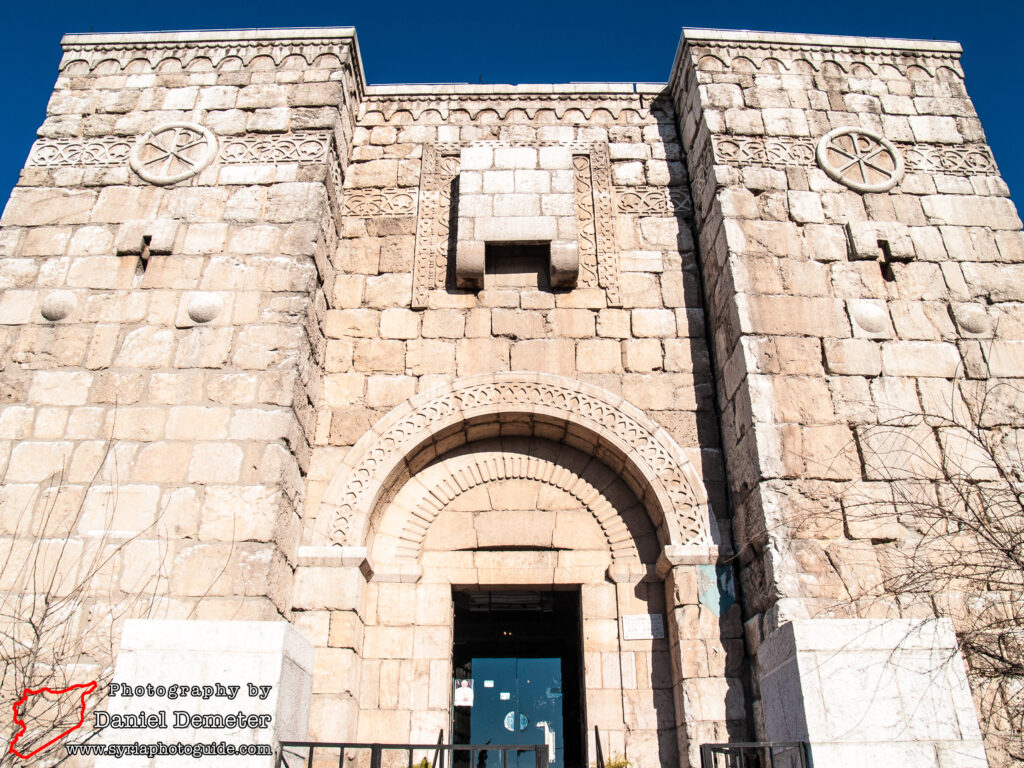
The Church of Saint Paul is a significant Christian pilgrimage site in Damascus, commemorating the Apostle Paul’s escape from Jewish persecution through a window in Bab Kisan. Roman stones were
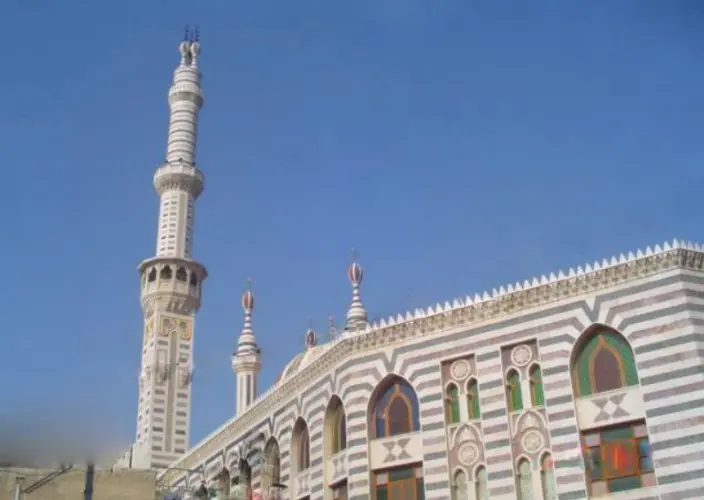
Constructed in 1370 CE within the Al-Midan district, the Manjak Mosque served pilgrim caravans en route to Daraa. Its distinctive black and white basalt masonry became a visual landmark for
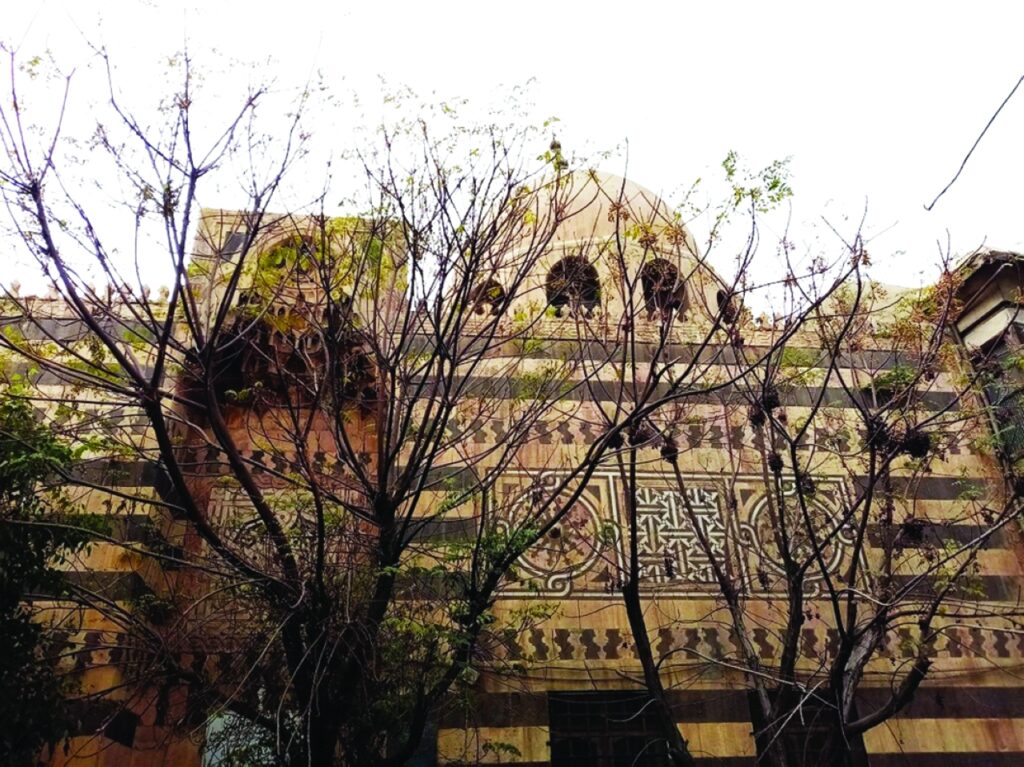
Situated outside the southern walls of Damascus, the Al-Sabouniyah School exemplifies the late Mamluk era’s fusion of commerce and scholarship. Established by the soap merchant Ahmed bin Al-Sabouni, it served
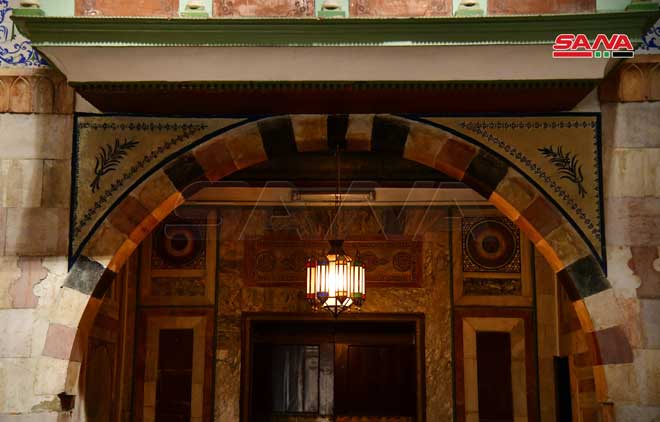
Constructed between 1418 and 1420 CE by the order of Damascus’ governor Sayf al-Din Jaqmaq, the madrasa was transformed into a museum of Arabic calligraphy in 1975. The use of
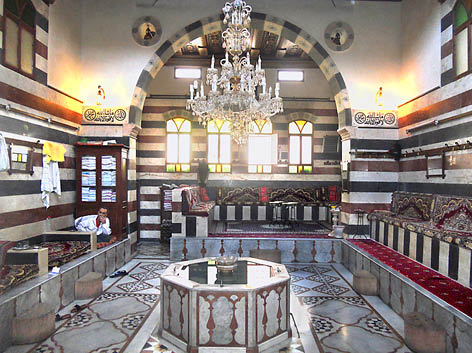
Located in the heart of the popular Al-Midan neighborhood, Al-Rifai Hammam stands as a testament to the traditional Damascene bathing ritual dating back to the 15th century. Its Mamluk architectural
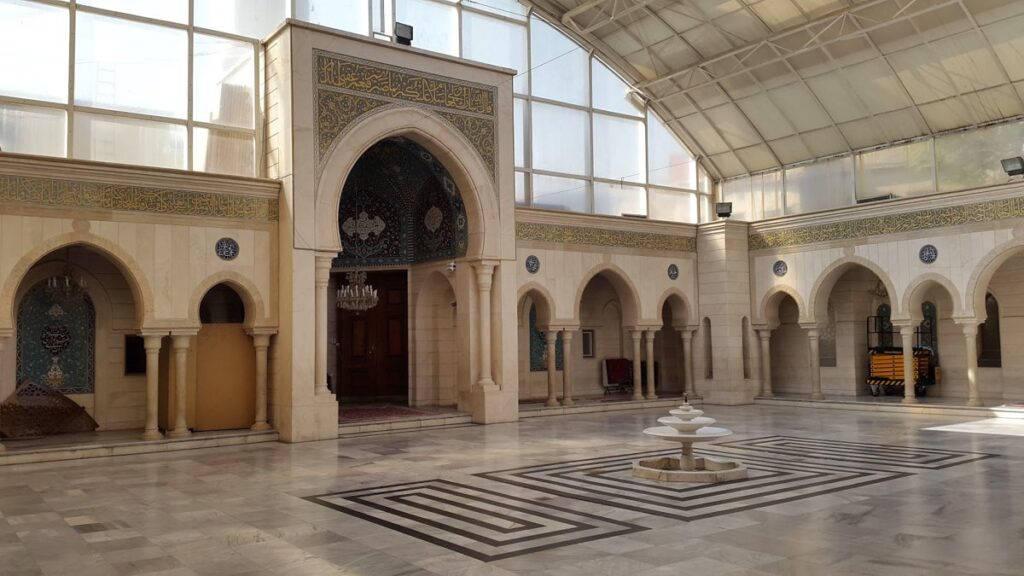
The Sayyida Ruqayya Mosque, built in 1985 atop a Fatimid-era shrine dating back to 1133 CE, serves as a central spiritual site for Shia Muslims in the Levant. Its architectural

Just a few steps from the northern gate of the Umayyad Mosque lies the Mausoleum of Saladin (1195 CE), housed in a chamber built of alternating limestone and black basalt—a
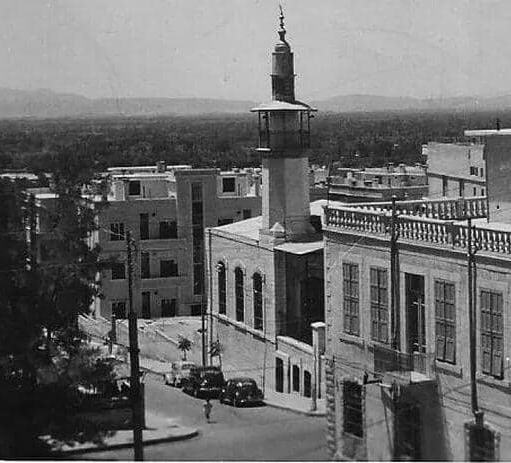
Nestled in the al-Muhajireen district on the slopes of Mount Qasioun, Al-Murabit Mosque was constructed in the early 20th century, showcasing an architectural style that blends Moorish and Andalusian elements—setting
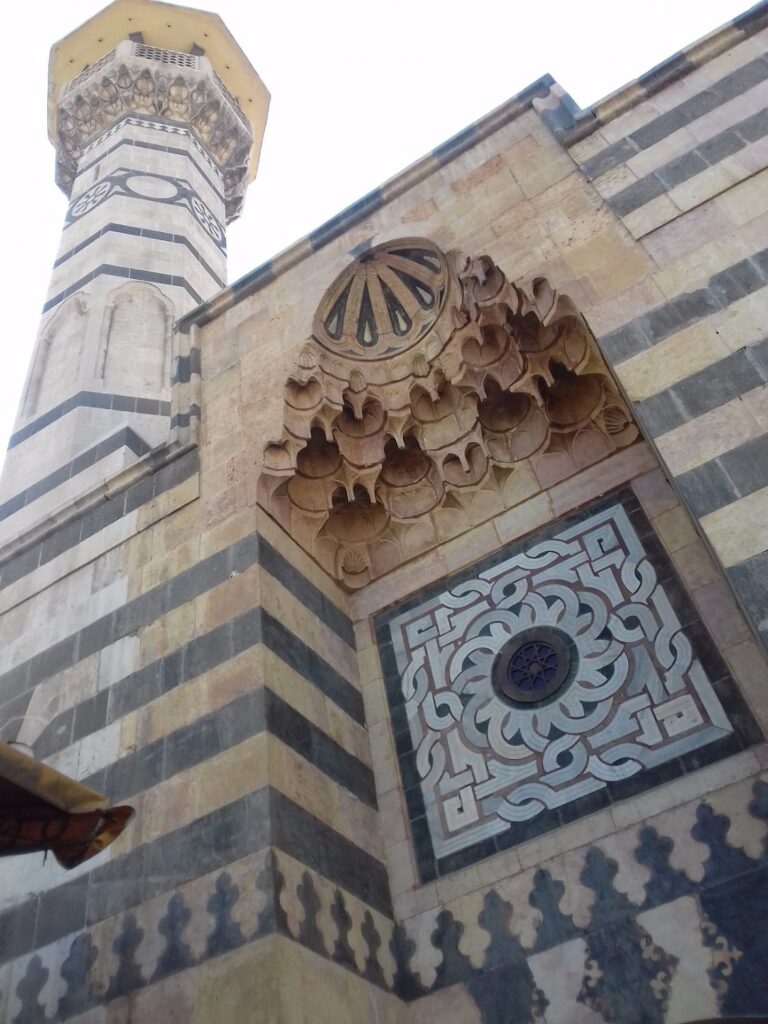
Erected in 1348 CE, Al-Sinjqdar Mosque rises near the entrance of al-Saroujia Market and showcases a Mamluk layout characterized by alternating ablaq stonework. Its name derives from the word “sanjak”
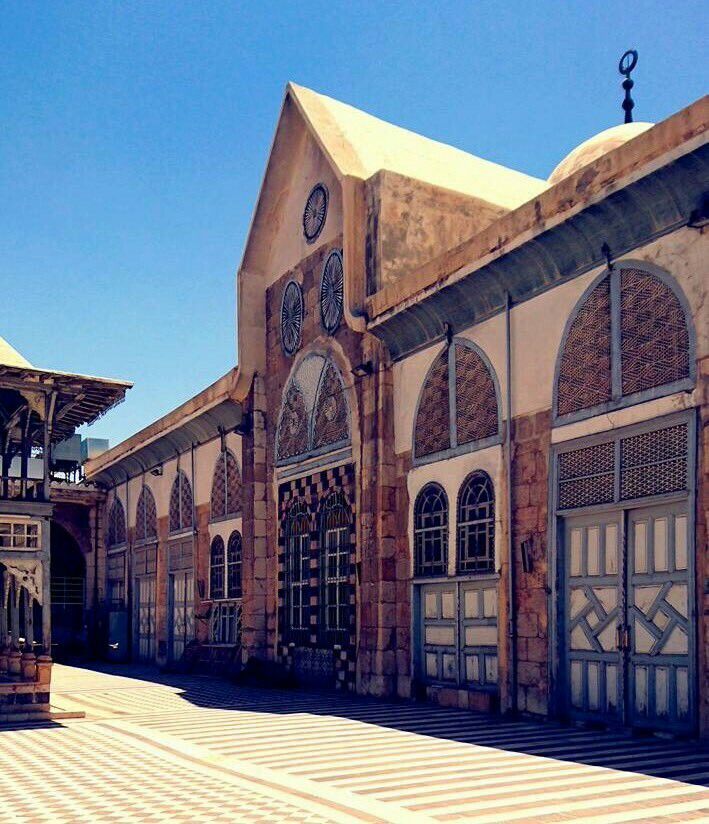
Constructed in 1234 CE, Al-Tawba Mosque stands on the northern bank of the Barada River, symbolizing “repentance” and the spiritual renewal of the city following the Crusader occupation. Its Ayyubid
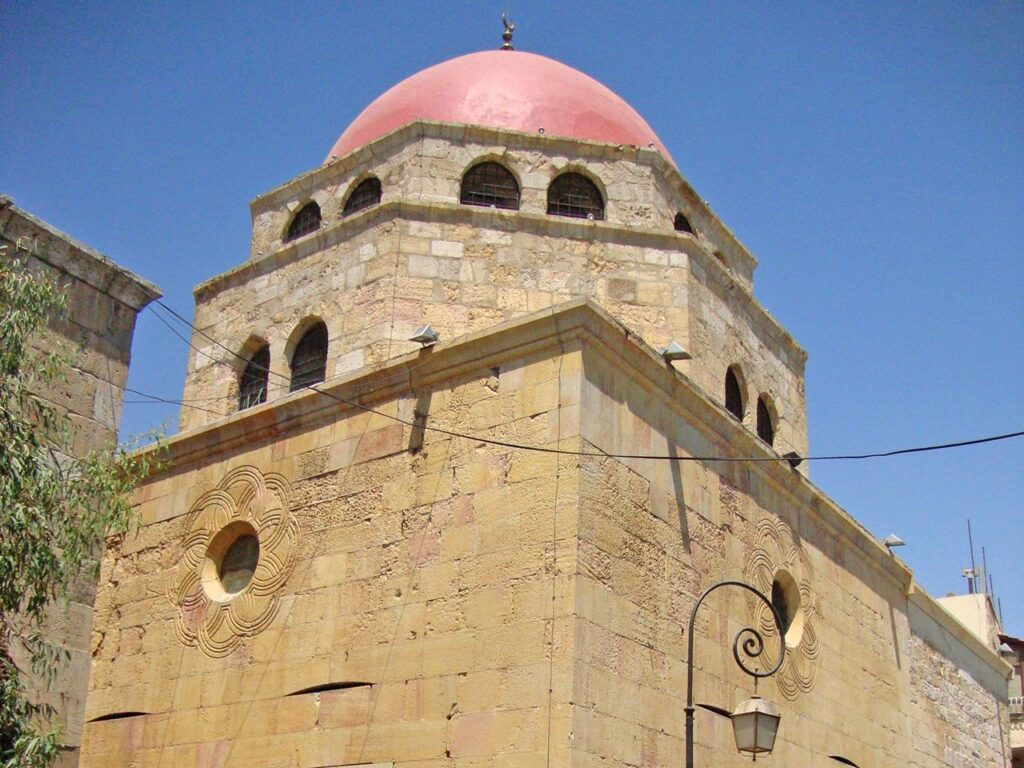
Patron،Founded in 1277 CE, Al-Zahiriyya Madrasa was established as a khanqah (Sufi lodge) combining religious education with commemoration of the Mamluk Sultan al-Zahir Baybars. The structure is distinguished by its
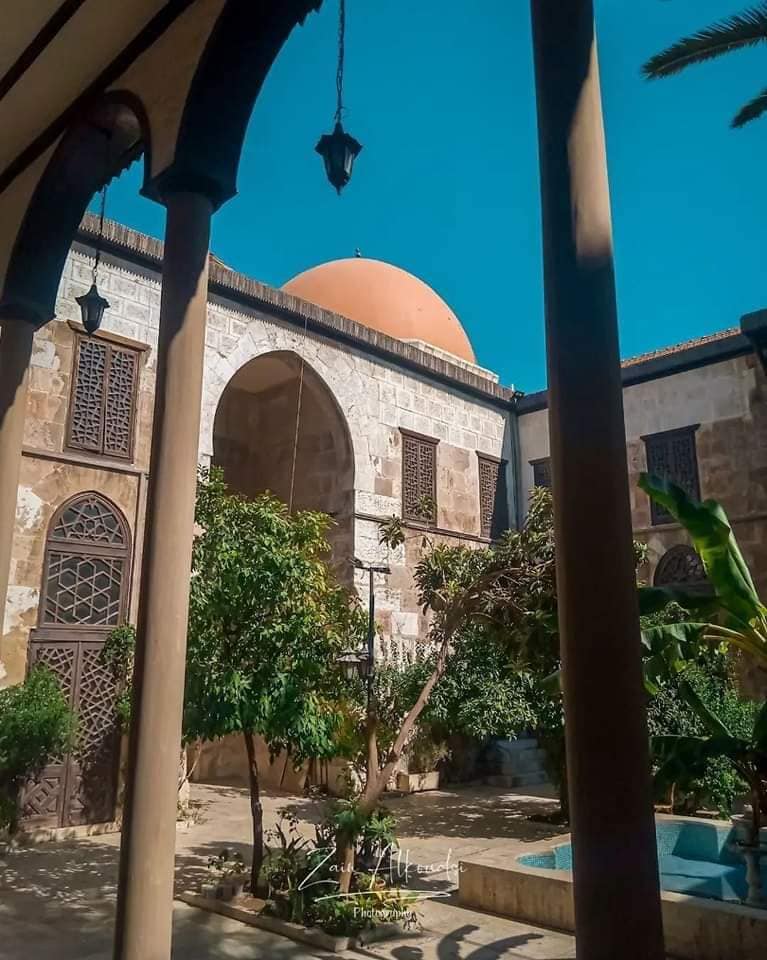
The Al-Adiliyya Madrasa, built in 1215 CE, stands as a quintessential example of Ayyubid architecture in Damascus. Commissioned by Sultan al-‘Adil Sayf al-Din, the brother of Saladin, the complex reflects

The Qishani Bath was built in the second half of the 16th century by order of Governor Darwish Pasha, an Ottoman masterpiece that combined sanitary functions with decorative splendor. The
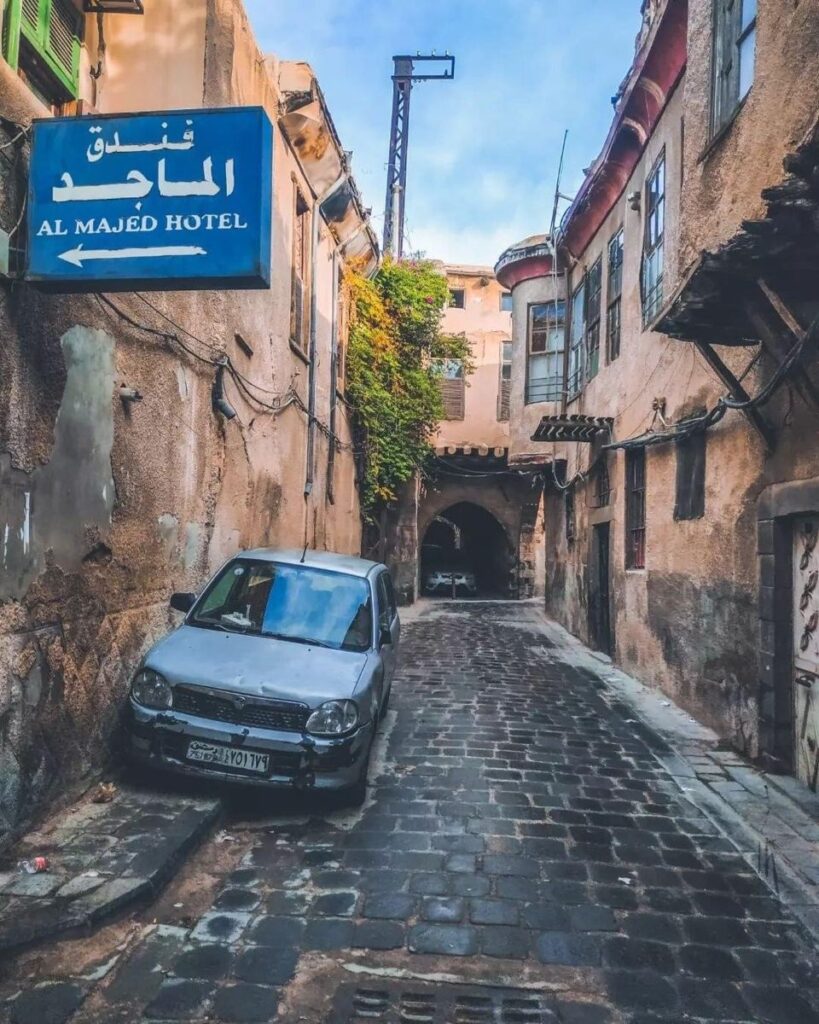
The Sarouja neighborhood is known as “Little Damascus” due to its architectural richness, which encapsulates the city’s transformations from the 14th century to the present day. Established by the Mamluks
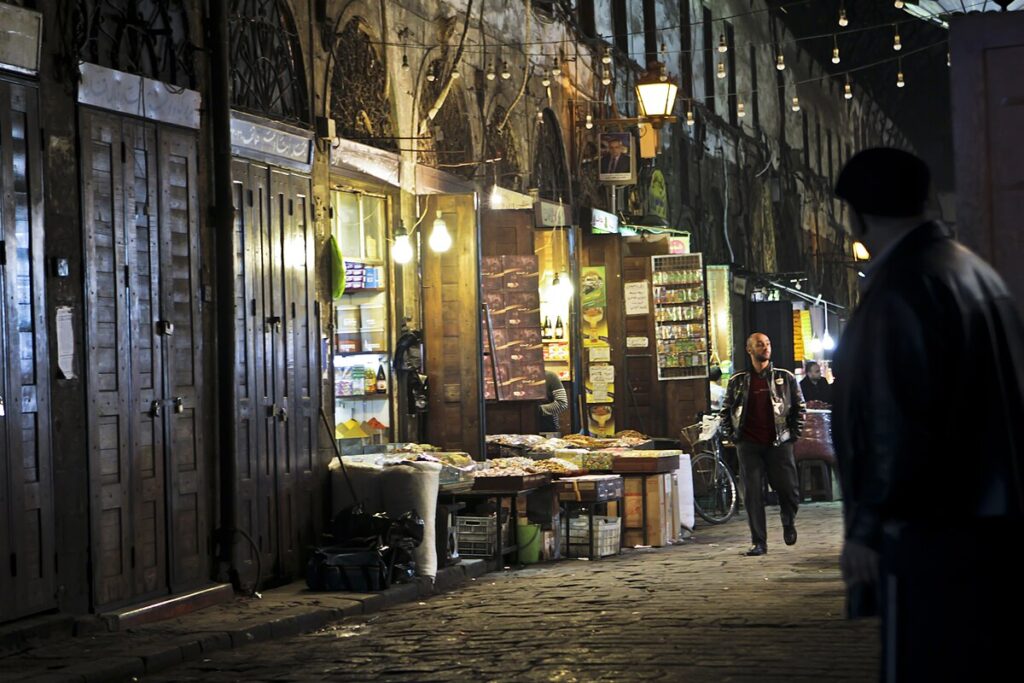
Located south of the Umayyad Mosque, the Buzuriyah Market has been the heart of the spice and medical supplies trade in Damascus since the Ayyubid era. At 150 meters long,
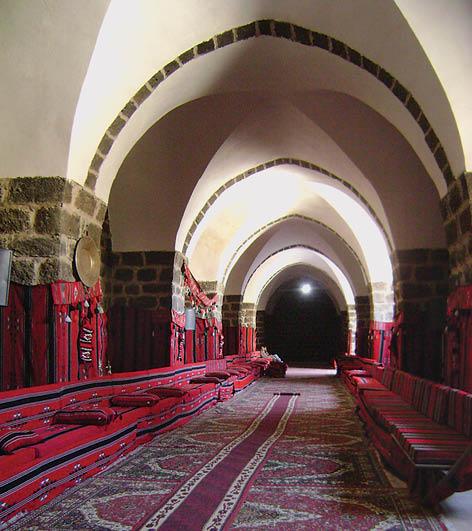
Khan Danun is located on the Levantine Hajj Route, 23 km south of Damascus. It was built in 1376 AD by the Mamluk prince Manjak al-Yusufi as a rest stop

جميع الحقوق محفوظة لصالح JCI Aleppo
All rights reversed to JCI Aleppo